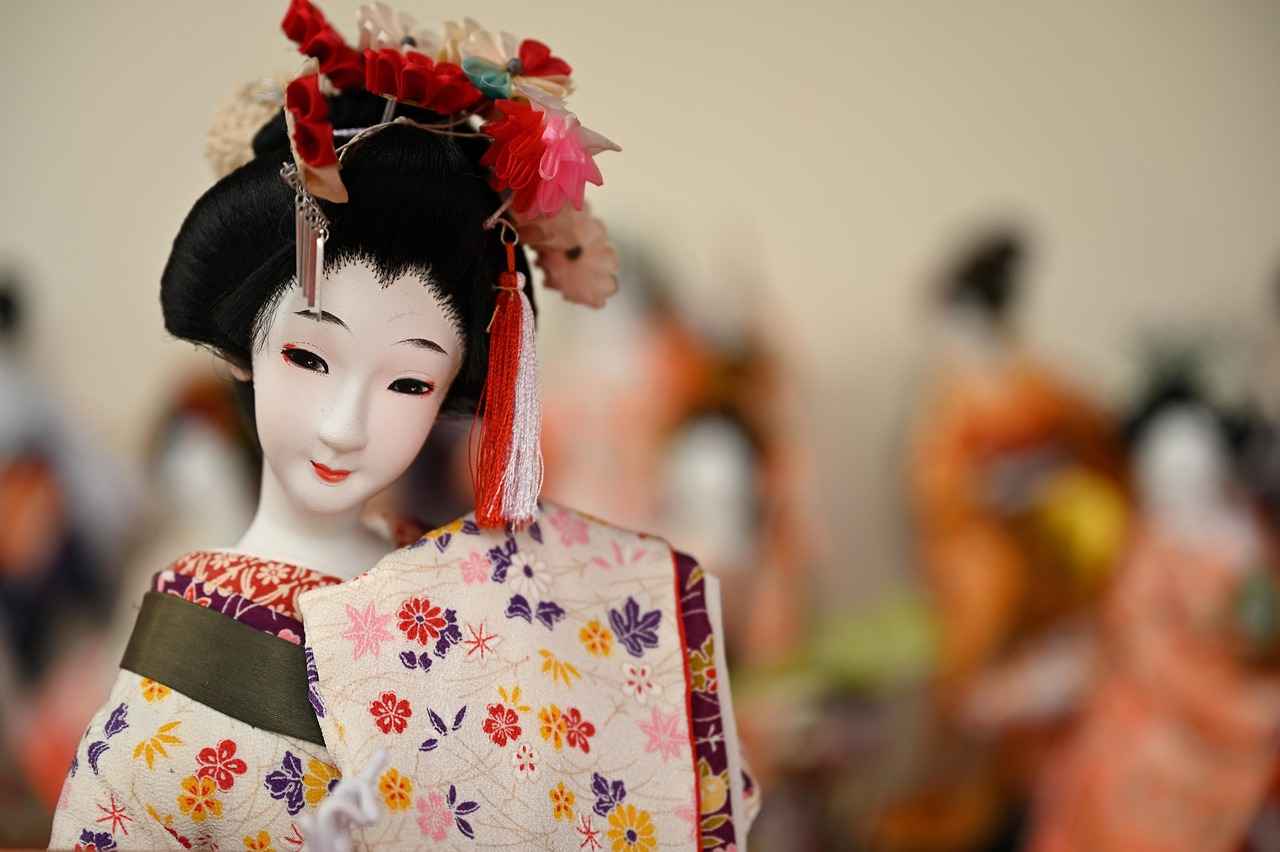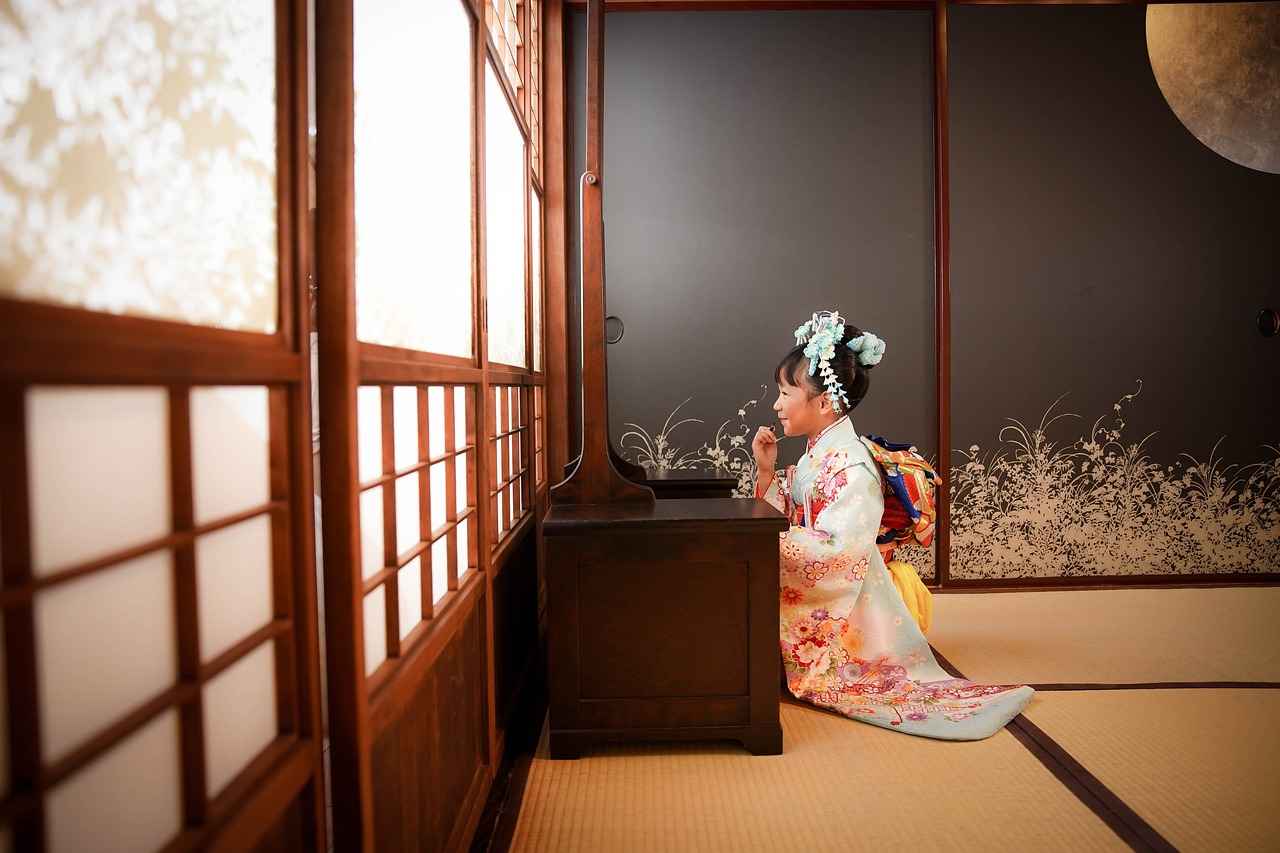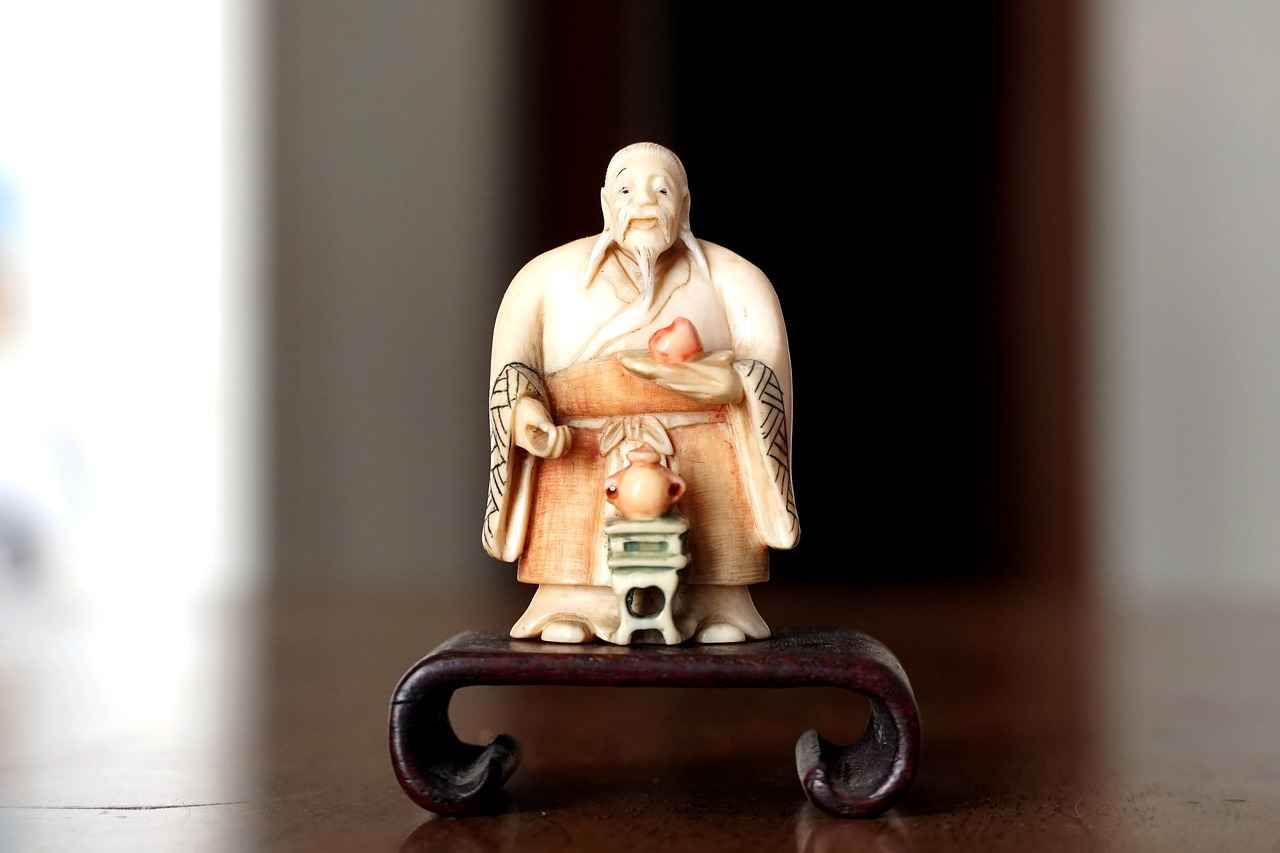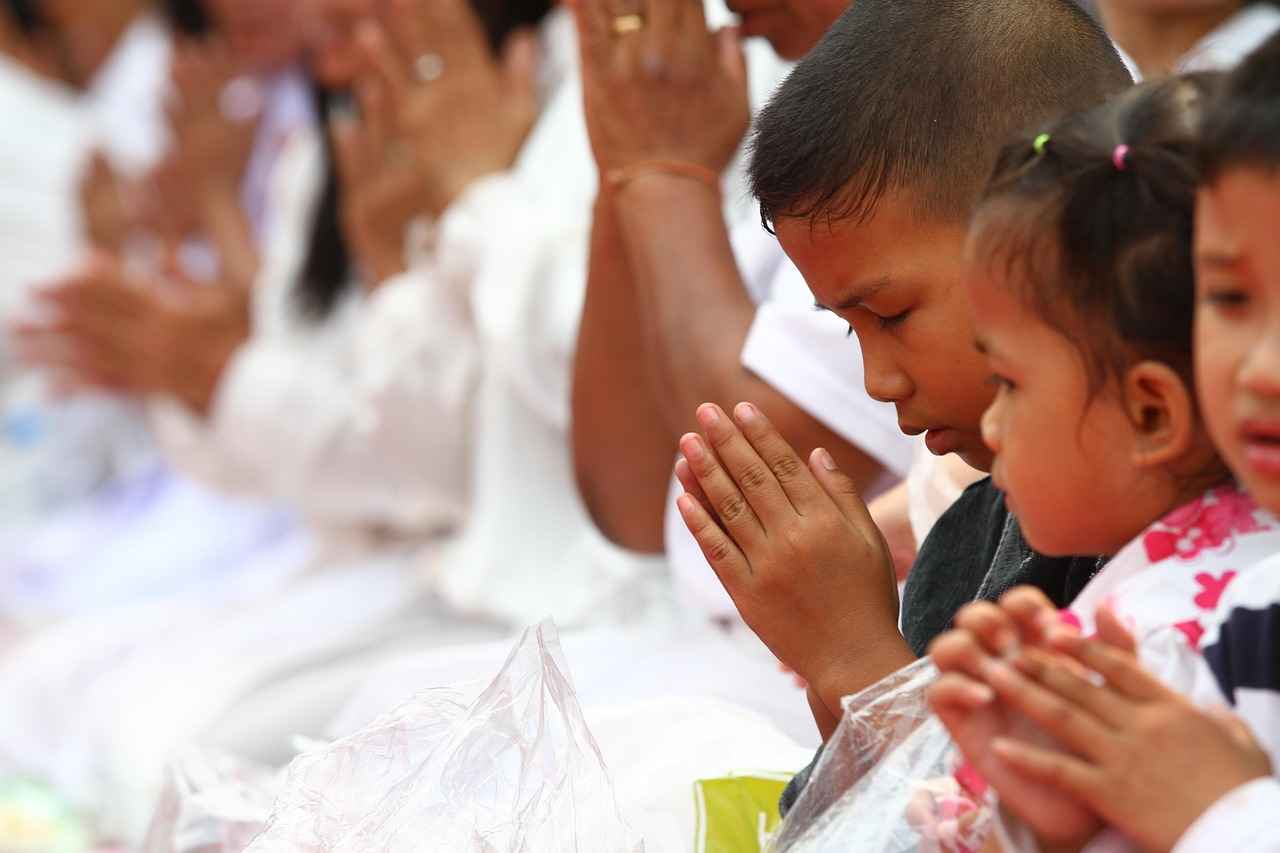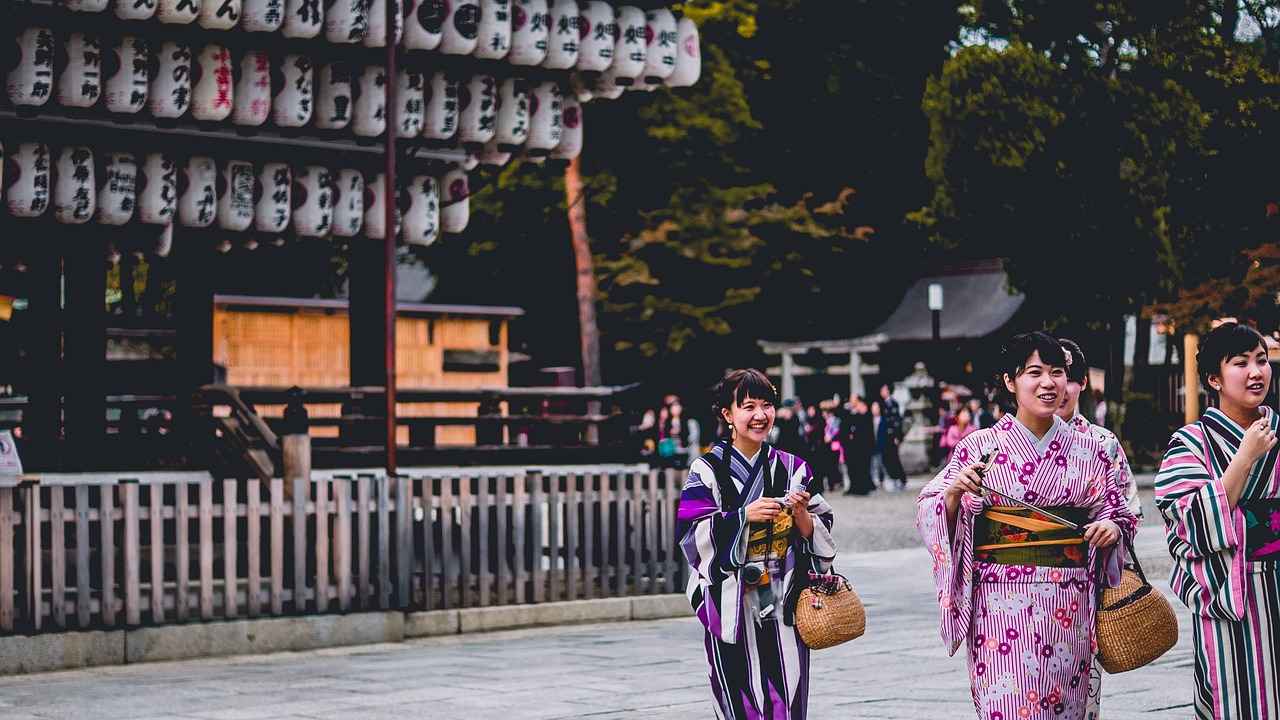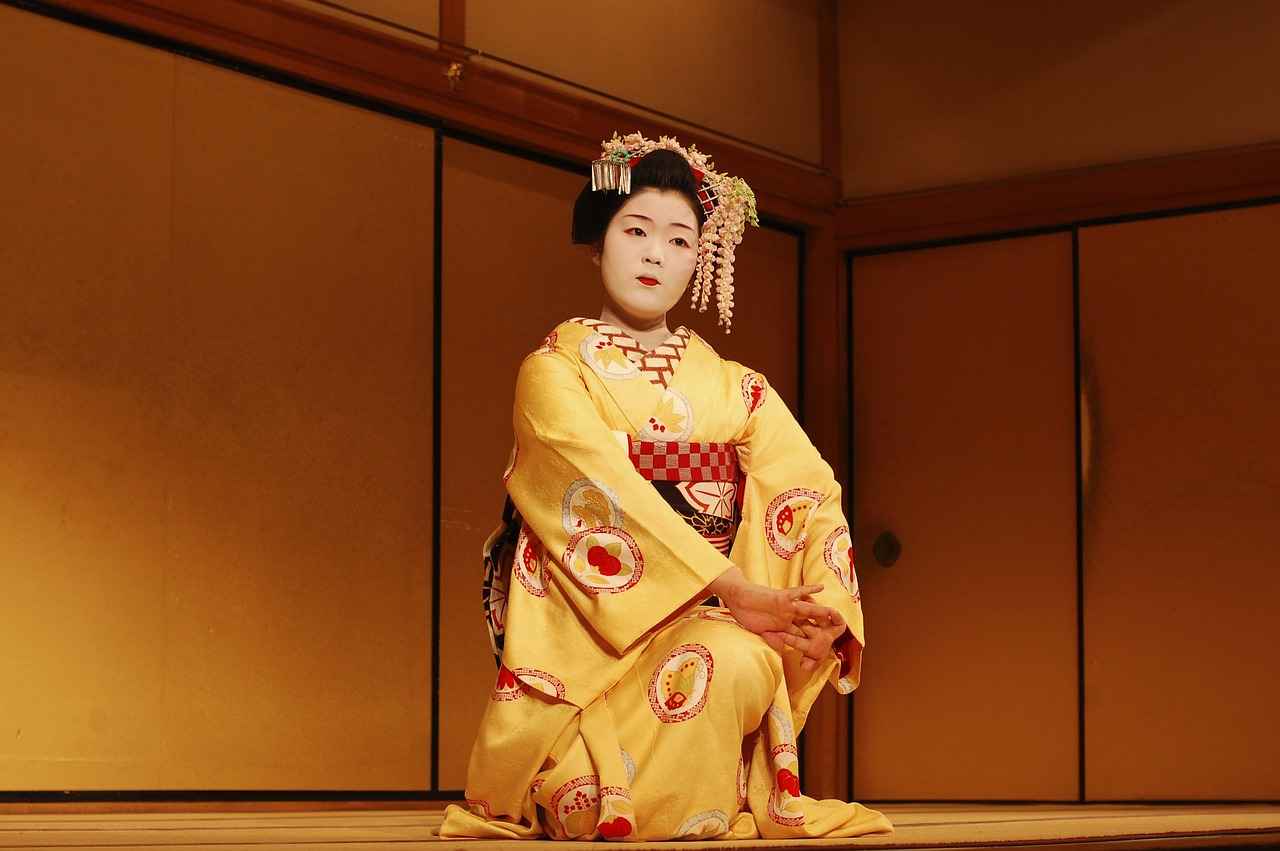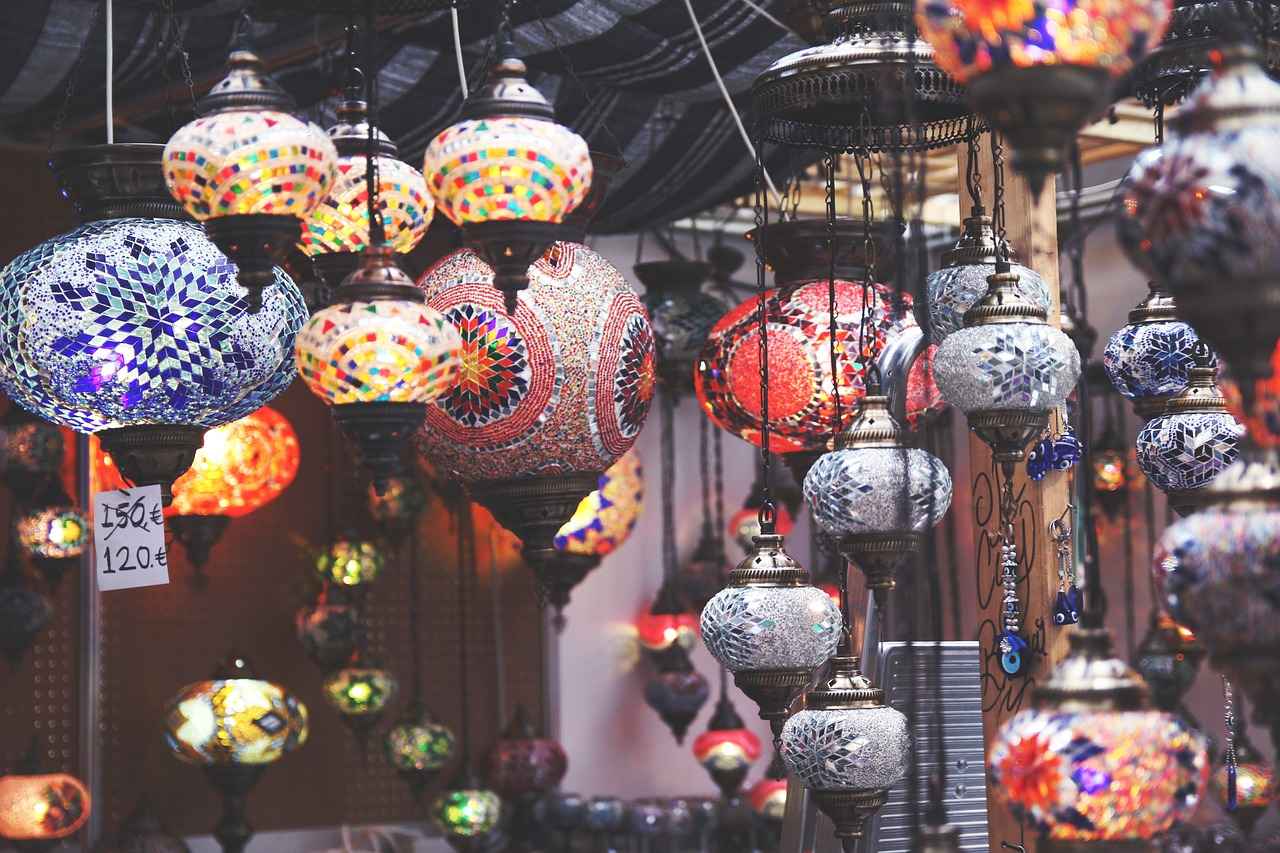This article explores a variety of kimono pattern designs that are ideal for beginners. Whether you are drawn to traditional styles or modern interpretations, this guide will provide valuable insights and tips for creating beautiful kimonos.
Understanding Kimono Patterns
Kimono patterns hold deep cultural significance in Japan, each design often telling a story or symbolizing specific values. By understanding the history and meaning behind these patterns, beginners can appreciate the art of kimono making on a deeper level.
Essential Tools for Kimono Making
Before embarking on your kimono project, it is crucial to gather the right tools. Essential items include:
- Fabric scissors
- Measuring tape
- Tailor’s chalk
- Sewing machine
- Iron and ironing board
Fabric Selection Tips
Choosing the right fabric is vital for your kimono. Fabrics like silk, cotton, and synthetic options can significantly affect the final look and comfort of your garment. Aim for fabrics that are not only aesthetically pleasing but also suitable for the season.
Basic Kimono Pattern Designs
Beginners are encouraged to start with simple patterns. Some basic designs include:
- Tsukesage: A subtle, elegant pattern.
- Hōmongi: A versatile design suitable for various occasions.
- Yukata: A casual style perfect for summer.
Incorporating Traditional Elements
Adding traditional motifs like cherry blossoms or cranes can enhance the authenticity of your kimono. These elements not only beautify your design but also connect you to the rich history of kimono making.
Modern Interpretations
Today, many kimonos blend traditional and contemporary styles. Beginners can explore unique designs that reflect personal flair by experimenting with colors and modern patterns.
Step-by-Step Guide to Making Your First Kimono
This practical guide will walk you through the process of making your first kimono, from drafting the pattern to sewing the final seams.
Finishing Touches for Your Kimono
The final details can elevate your kimono design. Consider adding hems, trims, and embellishments to complete your garment.
Conclusion: Embrace Your Creativity
Creating a kimono is a rewarding experience that allows for personal expression. Embrace your creativity, experiment with patterns, and enjoy the art of kimono making.
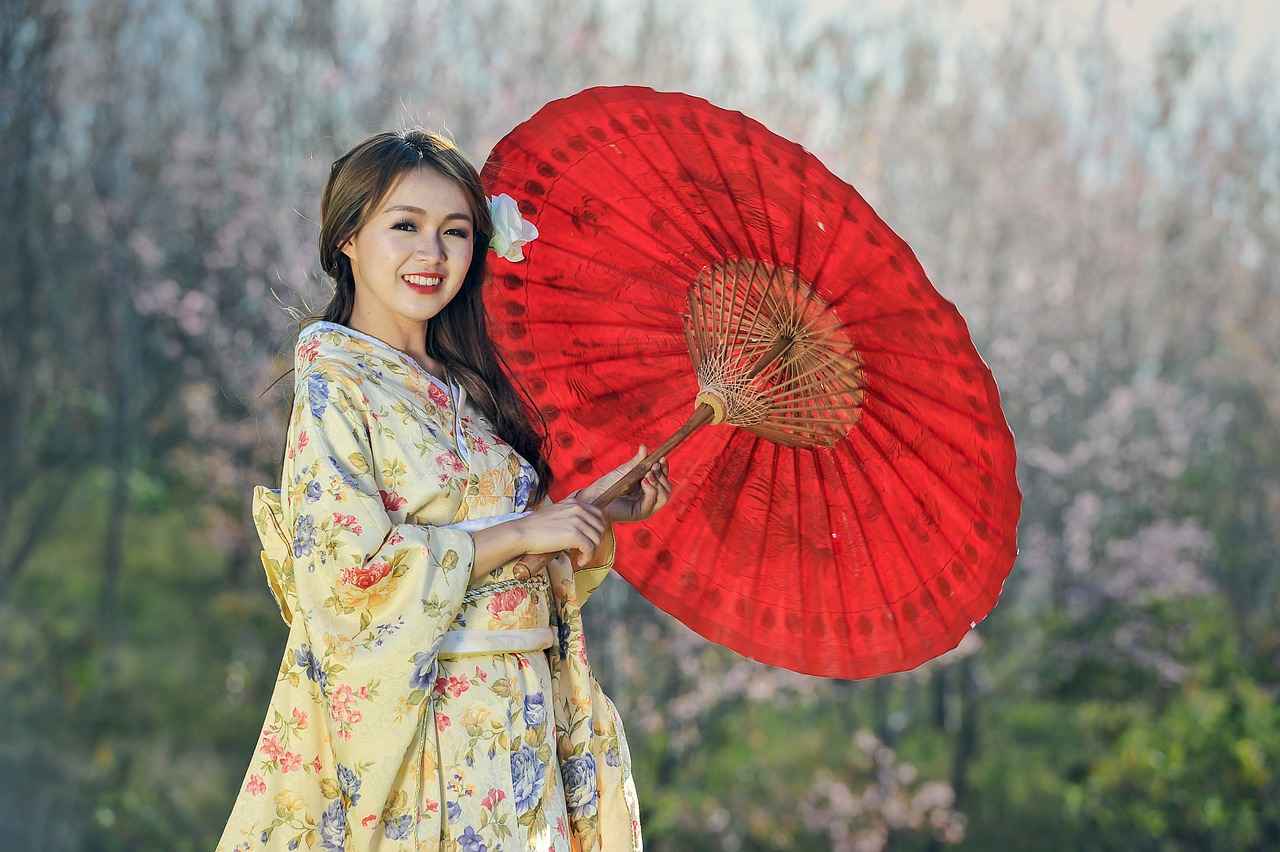
Understanding Kimono Patterns
Kimono patterns are not merely decorative; they embody centuries of cultural heritage and storytelling in Japan. Each design carries a unique significance, often reflecting the seasons, nature, or even personal milestones. For beginners, understanding these patterns is crucial to appreciating the art of kimono making.
The history of kimono patterns dates back to the Heian period (794-1185), when the nobility began to wear garments adorned with intricate designs. Over the years, various motifs emerged, each with its own symbolism. For instance, the cherry blossom represents the fleeting nature of life, while the crane symbolizes longevity and good fortune. These motifs are not just beautiful; they tell stories and convey messages that resonate deeply within Japanese culture.
As you embark on your kimono-making journey, it’s essential to familiarize yourself with some common patterns:
- Asanoha (Hemp Leaf): Represents growth and resilience.
- Kikkō (Tortoise Shell): Symbolizes longevity and good luck.
- Seigaiha (Wave): Represents peace and tranquility.
- Uroko (Scale): Signifies protection and safety.
Understanding these designs allows beginners to connect with the rich history of kimono making. When selecting a pattern, consider the occasion and the message you wish to convey. For example, festive occasions may call for vibrant colors and bold designs, while more subdued patterns might be suitable for everyday wear.
In conclusion, the world of kimono patterns is vast and filled with meaning. As you learn more about these designs, you’ll not only enhance your crafting skills but also gain a deeper appreciation for the cultural significance behind each piece. Embrace the journey of discovery as you create your own beautiful kimono!

Essential Tools for Kimono Making
Before embarking on your kimono project, it is essential to gather the right tools to ensure a smooth and enjoyable crafting experience. Having the appropriate materials not only streamlines the process but also enhances the quality of your finished garment. Below is a comprehensive list of the essential tools and materials you will need for creating beautiful kimono patterns.
| Tool/Material | Description |
|---|---|
| Fabric | Choose high-quality fabrics such as silk, cotton, or linen that suit your design and comfort preferences. |
| Measuring Tape | A flexible measuring tape is crucial for taking accurate body measurements to ensure a perfect fit. |
| Scissors | Sharp fabric scissors are necessary for cutting fabric cleanly and accurately. |
| Sewing Machine | A reliable sewing machine will make the sewing process faster and more efficient. |
| Needles and Thread | Use needles appropriate for your fabric type, along with matching thread for a seamless finish. |
| Pattern Paper | Pattern paper is essential for drafting your kimono design before cutting into your fabric. |
| Chalk or Fabric Markers | These are useful for marking cutting lines and sewing guidelines on your fabric. |
| Iron | An iron is important for pressing seams and ensuring crisp edges in your finished garment. |
By gathering these essential tools and materials, you will be well-equipped to start your kimono-making journey. Remember, each tool plays a vital role in the overall quality of your project, so take the time to choose wisely and prepare adequately.
Fabric Selection Tips
Choosing the right fabric for your kimono is crucial to achieving both aesthetic appeal and comfort. The fabric you select can significantly influence the overall look and feel of your garment. Here are some essential tips to help you make the best choice:
- Consider the Pattern: The fabric should complement the pattern you have chosen. For intricate designs, opt for a simpler fabric to avoid overwhelming the overall look. Conversely, a bold fabric can enhance a minimalist pattern.
- Think About the Occasion: Different fabrics suit different occasions. For formal events, silk or satin can add a touch of elegance, while cotton or linen is ideal for casual wear.
- Prioritize Comfort: Ensure that the fabric is comfortable against your skin. Natural fibers, such as cotton and silk, are generally more breathable than synthetic options, making them a better choice for warmer climates.
- Check the Weight: The weight of the fabric affects how the kimono drapes. Heavier fabrics can create a more structured look, while lighter fabrics provide a flowy appearance. Consider your desired style when making your selection.
- Test the Fabric: Before purchasing, feel the fabric to ensure it meets your expectations. Look for any potential issues, such as rough textures or transparency that may affect your comfort.
In summary, selecting the right fabric is a vital step in kimono making. By considering the pattern, occasion, comfort, weight, and testing the fabric, you can ensure that your kimono not only looks stunning but also feels great to wear.
Types of Fabrics
When creating a kimono, the choice of fabric is crucial as it can significantly influence the overall appearance and feel of the garment. Each fabric type brings its own unique properties, aesthetics, and cultural significance. Below, we explore some of the most popular fabric options used in kimono making.
- Silk: Renowned for its luxurious texture and sheen, silk is the most traditional fabric for kimonos. It drapes beautifully, making it ideal for formal occasions. The softness of silk adds an elegant touch, while its ability to hold vibrant colors enhances the visual appeal of intricate patterns.
- Cotton: A more casual alternative, cotton is breathable and comfortable, making it suitable for everyday wear. It is also easier to care for compared to silk, often available in a variety of prints and colors. Cotton kimonos are perfect for summer outings and informal events.
- Synthetic Fabrics: With advancements in textile technology, synthetic fabrics such as polyester have become popular choices. These materials are often more affordable and durable, offering resistance to wrinkles and fading. They can mimic the appearance of silk or cotton while providing greater ease of maintenance.
- Linen: Known for its breathability, linen is another excellent choice for summer kimonos. Its natural texture gives a rustic charm, making it suitable for casual wear. Although it wrinkles easily, many appreciate its relaxed look.
- Brocade: For those seeking a more opulent option, brocade features intricate patterns woven into the fabric. Often used for formal kimonos, brocade adds a rich texture and depth to the design, making it a favorite for special occasions.
In conclusion, selecting the right fabric is essential for creating a kimono that not only looks stunning but also feels comfortable to wear. Each fabric type offers distinct advantages, allowing you to choose one that best suits your style and the occasion.
Color Choices
When it comes to creating a kimono, color is not just an aesthetic choice; it plays a crucial role in shaping the overall mood and style of the garment. The right colors can enhance the beauty of your kimono, complement its patterns, and reflect your personal style. This section aims to guide you through the process of selecting colors that resonate with your design vision.
First and foremost, it’s essential to understand the psychology of color. Different colors evoke distinct emotions and can significantly influence how your kimono is perceived. For instance:
- Red is often associated with energy, passion, and celebration.
- Blue conveys calmness, tranquility, and reliability.
- Green symbolizes nature, growth, and harmony.
- Black represents elegance, sophistication, and formality.
- White signifies purity, simplicity, and freshness.
Next, consider how the colors you choose will interact with the patterns of your kimono. A harmonious color palette can enhance intricate designs, while contrasting colors can make a bold statement. For example, if your kimono features a delicate floral pattern, soft pastels might complement the design beautifully. On the other hand, vibrant colors can bring a modern twist to traditional motifs.
Additionally, think about your personal style and the occasions for which you’ll wear the kimono. If you prefer a classic look, opt for timeless colors like navy or burgundy. For a contemporary vibe, experiment with unexpected color combinations that showcase your unique personality.
In conclusion, choosing the right colors for your kimono is a vital step in the design process. By understanding color psychology, considering your patterns, and reflecting your personal style, you can create a stunning garment that resonates with your individuality.
Basic Kimono Pattern Designs
For those embarking on the journey of kimono making, starting with simple patterns is highly recommended. This approach not only builds confidence but also allows beginners to grasp the fundamental techniques involved in crafting a kimono. Below, we introduce a few basic designs that are both easy to follow and create.
- Straight Line Patterns: These patterns feature clean, straight lines and minimal curves, making them perfect for beginners. They are straightforward to cut and sew, allowing for a focus on mastering basic sewing skills.
- Geometric Shapes: Incorporating geometric designs can add a modern touch to your kimono. Simple shapes like squares and triangles can be arranged in various configurations, providing a unique yet manageable pattern for novices.
- Floral Prints: Floral patterns are a classic choice for kimonos. Opting for larger flowers can simplify the design process, as they require less precision in placement. This allows beginners to practice their sewing while still achieving a beautiful end product.
- Patchwork Designs: Patchwork is an excellent way to utilize fabric scraps and practice sewing techniques. By combining different fabrics and patterns, beginners can create a personalized kimono that showcases their creativity.
When selecting a pattern, it’s important to consider the fabric type and color scheme. Lightweight cottons are ideal for beginners as they are easy to handle and sew. Additionally, choosing a color palette that resonates with your personal style can enhance your overall enjoyment of the project.
In conclusion, starting with simple patterns not only simplifies the process but also encourages creativity and personal expression. As you become more comfortable with the basics, you can gradually experiment with more complex designs, ultimately creating a unique and beautiful kimono.

Incorporating Traditional Elements
Adding traditional elements can significantly enhance the authenticity of your kimono. By integrating classic motifs and symbols, you not only pay homage to the rich cultural heritage of Japan but also create a piece that resonates with deeper meaning. This section explores various ways to incorporate these traditional elements into your designs, making your kimono truly unique.
Understanding the Significance of Motifs
Each motif used in kimono design carries its own cultural significance. For example, the cherry blossom symbolizes the transient nature of life, while the crane represents longevity and good fortune. By selecting motifs that resonate with your personal values or aspirations, you can create a garment that is not only beautiful but also meaningful.
Popular Traditional Motifs
- Cherry Blossoms: Symbolizing renewal and the ephemeral nature of life.
- Cranes: A symbol of peace and longevity.
- Waves: Representing the ever-changing nature of life.
- Bamboo: Signifying resilience and flexibility.
Techniques for Incorporating Motifs
To effectively integrate these motifs into your kimono design, consider the following techniques:
- Embroidered Details: Adding embroidered motifs can create a tactile and visual interest.
- Fabric Printing: Utilize fabric printing techniques to reproduce traditional patterns on your chosen fabric.
- Patchwork: Combine different fabric pieces featuring various motifs for a unique, eclectic look.
Balancing Tradition with Modernity
While traditional elements are essential, don’t hesitate to incorporate modern interpretations. This balance can result in a kimono that not only honors its roots but also reflects contemporary fashion trends. Experiment with color palettes and fabric choices to create a design that is uniquely yours.
In conclusion, incorporating traditional elements into your kimono design is a rewarding process that enhances both the garment’s authenticity and your personal connection to it. By understanding the significance of various motifs and employing creative techniques, you can craft a kimono that tells a story, bridging the past with the present.
Common Motifs
In the intricate world of kimono design, certain motifs hold significant cultural and aesthetic value. Each design element tells a story and carries deep meanings, making them essential in the art of kimono making. Below, we delve into some of the most popular motifs, including cherry blossoms, cranes, and waves, to understand their symbolism and significance.
- Cherry Blossoms (Sakura): Often regarded as a symbol of transience and beauty, cherry blossoms are a quintessential motif in Japanese culture. They represent the fleeting nature of life, as these delicate flowers bloom for a short period each spring. Incorporating cherry blossoms into kimono designs evokes a sense of grace and elegance, making them a favorite choice for celebratory occasions.
- Cranes (Tsuru): The crane is a powerful symbol of longevity and good fortune in Japanese tradition. These majestic birds are often depicted in flight, representing the aspiration for a long and prosperous life. Kimonos adorned with crane motifs are frequently worn during weddings and other significant life events, embodying wishes for happiness and success.
- Waves (Nami): The wave motif is a dynamic representation of strength and perseverance. It symbolizes the ebb and flow of life, illustrating the challenges and triumphs we face. Waves are commonly used in kimono patterns to convey a sense of movement and energy, making them an excellent choice for those seeking a bold and vibrant design.
These motifs not only enhance the visual appeal of kimonos but also connect wearers to the rich tapestry of Japanese culture and history. Understanding the meanings behind these designs allows beginners to appreciate the artistry involved in kimono making and to select patterns that resonate with their personal stories.
As you embark on your kimono-making journey, consider incorporating these traditional motifs into your designs. Each stitch and pattern will not only reflect your creativity but also pay homage to the profound symbolism that these elements carry.
Modern Interpretations
Modern kimonos represent a fascinating fusion of traditional craftsmanship and contemporary fashion. As the world evolves, so does the art of kimono making, allowing beginners to express their unique styles while honoring the rich heritage of this iconic garment. This section explores how anyone can create stunning kimono designs that reflect their personal flair.
One of the most exciting aspects of modern kimono design is the ability to experiment with patterns and colors. Beginners can start by selecting a traditional pattern, such as asanoha (hemp leaf) or seigaiha (blue ocean waves), and then play with color combinations to give it a fresh twist. For instance, a classic navy blue asanoha can be reimagined using vibrant reds or pastels, creating a striking contrast that captures attention.
Incorporating contemporary elements into traditional designs is another effective way to personalize your kimono. Consider adding modern graphics or abstract shapes alongside traditional motifs. This blend not only makes the kimono more relatable to today’s fashion scene but also allows the maker to showcase their creativity. Beginners can use fabric paints or embroidery to add these elements, making each piece truly one-of-a-kind.
Moreover, the choice of fabric plays a crucial role in the overall aesthetic. While traditional kimonos are often made from silk, modern interpretations can utilize a variety of materials, including cotton and linen, which are more accessible and comfortable for everyday wear. This shift not only enhances the wearability of kimonos but also opens up a world of possibilities for texture and draping.
Finally, accessorizing your kimono can elevate its modern appeal. Pairing your creation with a chic obi or a stylish belt can transform the look entirely. Experimenting with accessories such as statement jewelry or contemporary footwear can further personalize the outfit, making it suitable for various occasions.
In conclusion, the world of modern kimono design is a vibrant canvas for beginners. By blending traditional styles with contemporary flair, anyone can create unique and personal garments that celebrate both heritage and individuality.

Step-by-Step Guide to Making Your First Kimono
This practical guide will walk you through the entire process of making your first kimono, ensuring that even beginners can create a beautiful garment. From drafting the pattern to sewing the final seams, each step is designed to be straightforward and easy to follow.
1. Drafting the Pattern
Begin by taking your measurements. You’ll need to measure your shoulder width, arm length, and desired kimono length. Using these measurements, you can create a basic pattern on paper. Follow these steps:
- Draw a rectangle based on your measurements.
- Divide the rectangle into sections for the sleeves and body.
- Cut out the pattern and make adjustments as necessary.
2. Selecting Your Fabric
Choosing the right fabric is crucial for your kimono. Look for materials that drape well, such as:
- Silk: Luxurious and traditional.
- Cotton: Comfortable and easy to work with.
- Synthetic blends: Affordable and durable.
3. Cutting the Fabric
Once you’ve selected your fabric, lay your pattern on it and pin it securely. Use sharp fabric scissors to cut around the pattern, ensuring clean edges.
4. Sewing the Kimono
Start by sewing the shoulder seams together. Follow these steps:
- Pin the fabric pieces together, right sides facing.
- Sew along the pinned edge using a straight stitch.
- Press the seams open for a neat finish.
5. Adding Finishing Touches
To complete your kimono, add hems to the sleeves and bottom edges. Consider embellishments like trims or embroidery for a personal touch.
Conclusion
Making your first kimono can be a rewarding experience. With patience and creativity, you can craft a garment that reflects your personal style. Enjoy the process and embrace the art of kimono making!
Drafting the Pattern
Drafting a pattern is an essential first step in the art of kimono making. This section will guide you through the process of creating a basic kimono pattern that is tailored specifically to your measurements, ensuring a perfect fit and a beautiful final garment.
The process of drafting a kimono pattern involves several key steps:
- Gather Your Measurements: Before you start, take accurate measurements of your body. Key measurements include your bust, waist, hip, shoulder width, and arm length. It’s advisable to have someone assist you for more precise results.
- Create a Basic Block: Using your measurements, draw a basic block pattern. This block serves as the foundation for your kimono design. You can use pattern paper or any large sheet of paper for this purpose.
- Design the Kimono Shape: Once you have your basic block, begin to shape the kimono. Kimonos typically have wide sleeves and a loose fit, so adjust the block accordingly. Remember, the beauty of a kimono lies in its flow and drape.
- Add Seam Allowances: Don’t forget to add seam allowances to your pattern. A standard seam allowance is usually 1.5 cm (5/8 inch), but you can adjust this based on your sewing technique.
- Mark Pattern Details: Include markings for important features such as the neckline, sleeve openings, and hemline. This will help guide you during the cutting and sewing process.
After drafting your pattern, it’s advisable to create a muslin prototype. This test garment allows you to check the fit and make any necessary adjustments before cutting into your final fabric.
By following these steps, you will have a solid foundation for making your own kimono. Remember, practice makes perfect, so don’t hesitate to experiment with different designs and styles!
Sewing Techniques for Beginners
Sewing can be daunting for beginners, but with the right guidance and techniques, anyone can master the art of kimono making. This section aims to simplify the sewing process by introducing fundamental techniques that will help you navigate your first project with confidence.
- Understanding the Basics: Before diving into sewing, it’s essential to familiarize yourself with basic sewing terminology. Terms like seam allowance, grainline, and bias will become your new best friends.
- Choosing the Right Stitch: Different stitches serve different purposes. For kimonos, a straight stitch is ideal for seams, while a zigzag stitch can be used for finishing edges to prevent fraying.
- Using the Right Tools: Invest in quality tools such as fabric scissors, pins, and a sewing machine. Having the right equipment can make a significant difference in your sewing experience.
- Practicing on Scraps: Before working on your actual fabric, practice your sewing techniques on scrap pieces. This will help you build confidence and refine your skills without the fear of ruining your fabric.
Step-by-Step Sewing Process:
1. Prepare your fabric by washing and ironing it.2. Lay out your pattern pieces according to the instructions.3. Pin the pattern to your fabric, ensuring it is aligned correctly.4. Cut the fabric carefully, following the pattern lines.5. Begin sewing the pieces together, starting with the main seams.6. Press your seams open as you go for a professional finish.7. Finish the edges to prevent fraying.8. Add any decorative elements or embellishments as desired.9. Hem the sleeves and bottom of the kimono for a polished look.
By following these fundamental sewing techniques, beginners can enjoy a smoother sewing experience and create beautiful kimonos that reflect their personal style. Remember, practice makes perfect, and with patience, your skills will improve over time. Happy sewing!
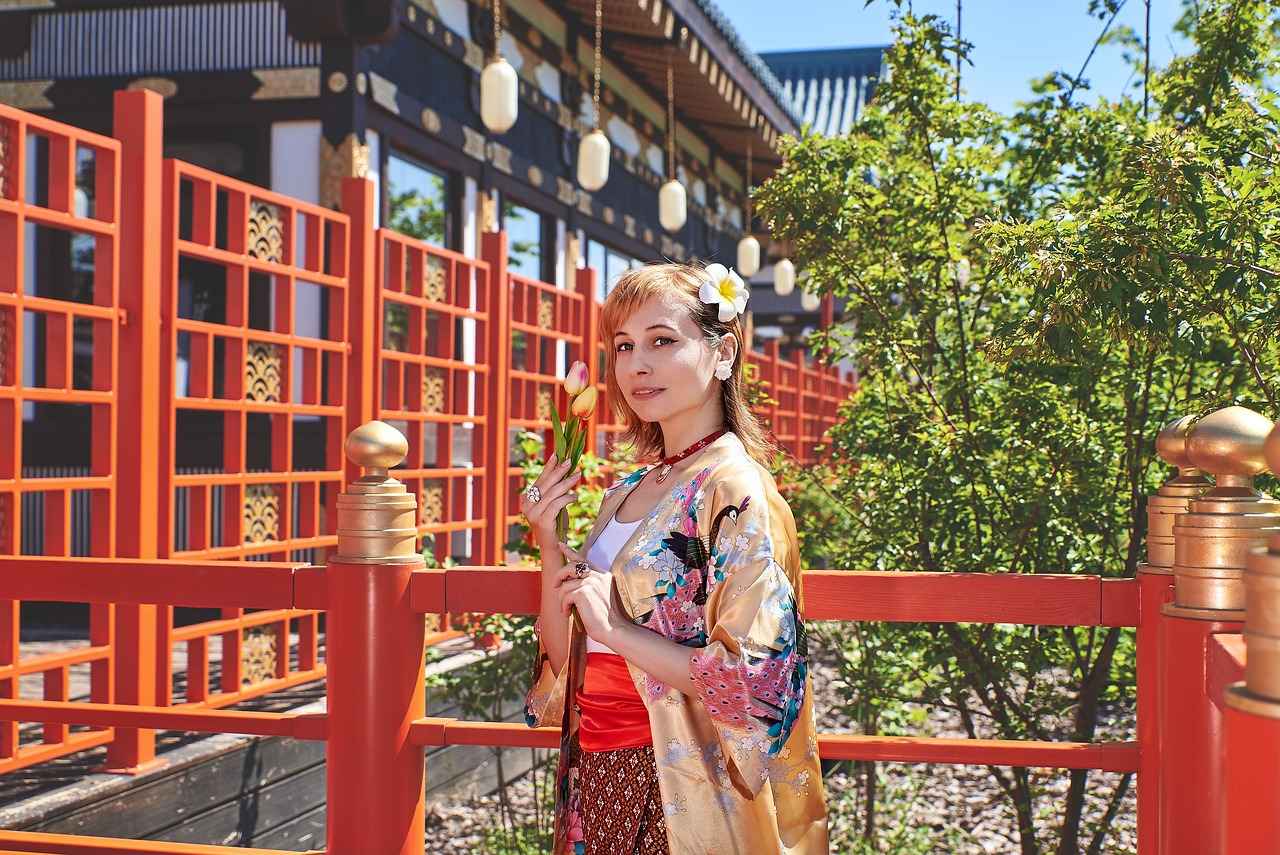
Finishing Touches for Your Kimono
The final details can elevate your kimono design. These finishing touches play a crucial role in transforming a simple garment into a stunning piece of art. In this section, we will explore various elements such as hems, trims, and embellishments that can enhance the overall aesthetic of your kimono.
When it comes to hems, the choice of finish can significantly impact the look of your kimono. A traditional rolled hem offers a clean and polished appearance, while a contrast hem can add a pop of color and visual interest. Experimenting with different hem styles can create unique variations that reflect your personal style.
Trims are another essential aspect of kimono finishing. They can be used to accentuate seams or borders, providing a touch of elegance. Common trim options include lace, ribbon, and bias tape. These elements can be applied to the sleeves, collar, or hem, allowing for creative expression. Consider using trims that complement the fabric and pattern of your kimono to achieve a cohesive look.
Embellishments can further elevate your kimono design. Adding embroidery, beading, or appliqué can create a stunning focal point, drawing attention to specific areas of the garment. For instance, a delicate floral embroidery on the back can add a touch of femininity, while geometric patterns can introduce a modern twist. The key is to balance these elements without overwhelming the overall design.
Incorporating these finishing touches not only enhances the visual appeal but also adds a personal touch to your kimono. Remember, the goal is to create a garment that resonates with your style and tells your story. By paying attention to these details, you can ensure that your kimono is not just a piece of clothing but a true work of art.
Adding Accessories
to your kimono can significantly enhance its overall aesthetic and reflect your personal style. Accessories not only serve a functional purpose but also add layers of beauty and tradition to your outfit. In this section, we will explore various accessories, including the obi and obijime, that complement your kimono design.
The obi is a wide belt that is essential for securing the kimono in place. It comes in various styles, colors, and materials, allowing you to choose one that matches your kimono pattern. A well-chosen obi can create a stunning contrast or harmonious blend with your kimono, enhancing its overall look. For instance, a vibrant obi can add a pop of color to a more subdued kimono, while a patterned obi can echo motifs present in the fabric.
Additionally, the obijime is a decorative cord that wraps around the obi, adding a touch of elegance. It is often used to secure the obi in place and can be found in various colors and textures. Choosing an obijime that complements the color palette of your kimono can elevate your outfit, making it more visually appealing. For example, a delicate silk obijime can add a luxurious feel to your ensemble.
- Obiage: This is a decorative scarf worn underneath the obi, often made from silk. It adds another layer of texture and color.
- Obiita: A stiffener that helps maintain the shape of the obi, ensuring it looks crisp and polished.
- Haneri: A collar that can be attached to the kimono to add color or pattern, enhancing the overall look.
In conclusion, the right accessories can transform your kimono from simple to stunning. By carefully selecting pieces like the obi and obijime, you can create a cohesive and stylish look that reflects your individuality.
Care and Maintenance of Your Kimono
Taking care of your kimono is essential to ensure its longevity and beauty. With proper attention, your kimono can remain in excellent condition for many years. This section highlights key practices for cleaning, storing, and maintaining your kimono, allowing you to enjoy this beautiful garment for generations.
- Cleaning Your Kimono:
- Always check the care label for specific cleaning instructions.
- For light stains, use a damp cloth to gently blot the area.
- Consider professional cleaning for more significant stains or delicate fabrics.
- Avoid machine washing; hand washing is often safer for your kimono.
- Storing Your Kimono:
- Store your kimono in a cool, dry place away from direct sunlight.
- Use a breathable garment bag to protect it from dust and pests.
- Hang your kimono on a padded hanger to maintain its shape.
- Avoid folding it for long periods to prevent creases.
- Maintaining Your Kimono:
- Regularly inspect your kimono for signs of wear or damage.
- Store it with silica gel packets to absorb moisture and prevent mold.
- Rotate your kimono with other garments to minimize wear on any one piece.
- Consider using a fabric refresher to keep it smelling fresh.
By following these guidelines, you can preserve the beauty and integrity of your kimono. Proper care not only enhances its aesthetic appeal but also respects the cultural significance of this traditional garment.

Conclusion: Embrace Your Creativity
Making a kimono is not just a craft; it is a rewarding experience that allows you to express your unique style and creativity. As you embark on this journey, remember that each stitch and pattern tells a story, reflecting your personal taste and cultural appreciation. Embrace the opportunity to experiment with colors, textures, and designs that resonate with you.
When you create your own kimono, you have the freedom to explore various patterns. From the intricate traditional motifs that have been passed down through generations to modern interpretations that showcase contemporary flair, the possibilities are endless. Don’t hesitate to mix and match elements that inspire you, creating a garment that is truly one-of-a-kind.
As you dive into the art of kimono making, consider the following tips:
- Research and Inspiration: Look for inspiration in books, online galleries, or even nature. Understanding the history behind different patterns can enhance your appreciation and creativity.
- Practice Patience: Kimono making requires time and attention to detail. Don’t rush the process; enjoy each step, from drafting patterns to sewing.
- Seek Community: Join groups or forums where fellow kimono enthusiasts share their experiences. This can provide valuable insights and support.
- Celebrate Your Progress: Every kimono you create is a step forward in your crafting journey. Celebrate your achievements, no matter how small.
Ultimately, the art of kimono making is about self-expression and creativity. Allow yourself to be inspired, and let your imagination guide you in crafting beautiful pieces that you can cherish for years to come. Remember, each kimono is a canvas for your creativity, so let it shine!
Frequently Asked Questions
- What are the best beginner kimono patterns?
For beginners, simple patterns like the straight-cut kimono or half-sleeve designs are ideal. These patterns are easier to sew and allow you to focus on mastering basic techniques without feeling overwhelmed.
- What tools do I need to make a kimono?
Essential tools include a sewing machine, fabric scissors, measuring tape, and pins. Don’t forget to have a pattern paper for drafting your design!
- How do I choose the right fabric for my kimono?
Select fabrics based on comfort and the look you want to achieve. Cotton is great for casual wear, while silk adds a touch of elegance. Always consider the weight and drape of the fabric!
- Can I incorporate traditional motifs into my design?
Absolutely! Traditional motifs like cherry blossoms or cranes can add cultural significance and beauty to your kimono. Just be sure to research their meanings to honor their heritage.
- What are some tips for caring for my kimono?
To keep your kimono in top shape, always follow the care instructions for your fabric. Generally, hand washing in cold water and air drying is recommended to maintain its beauty and longevity.





